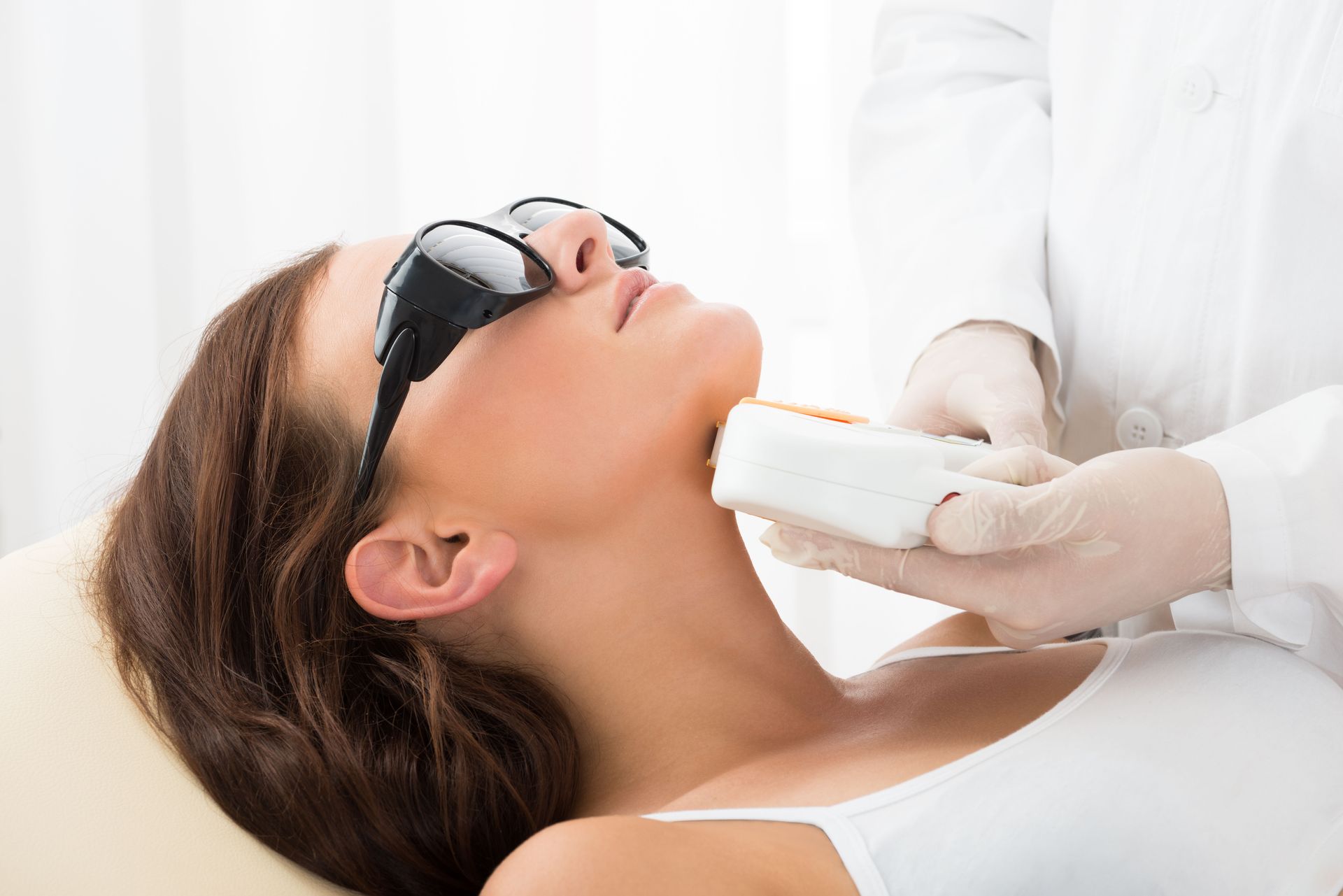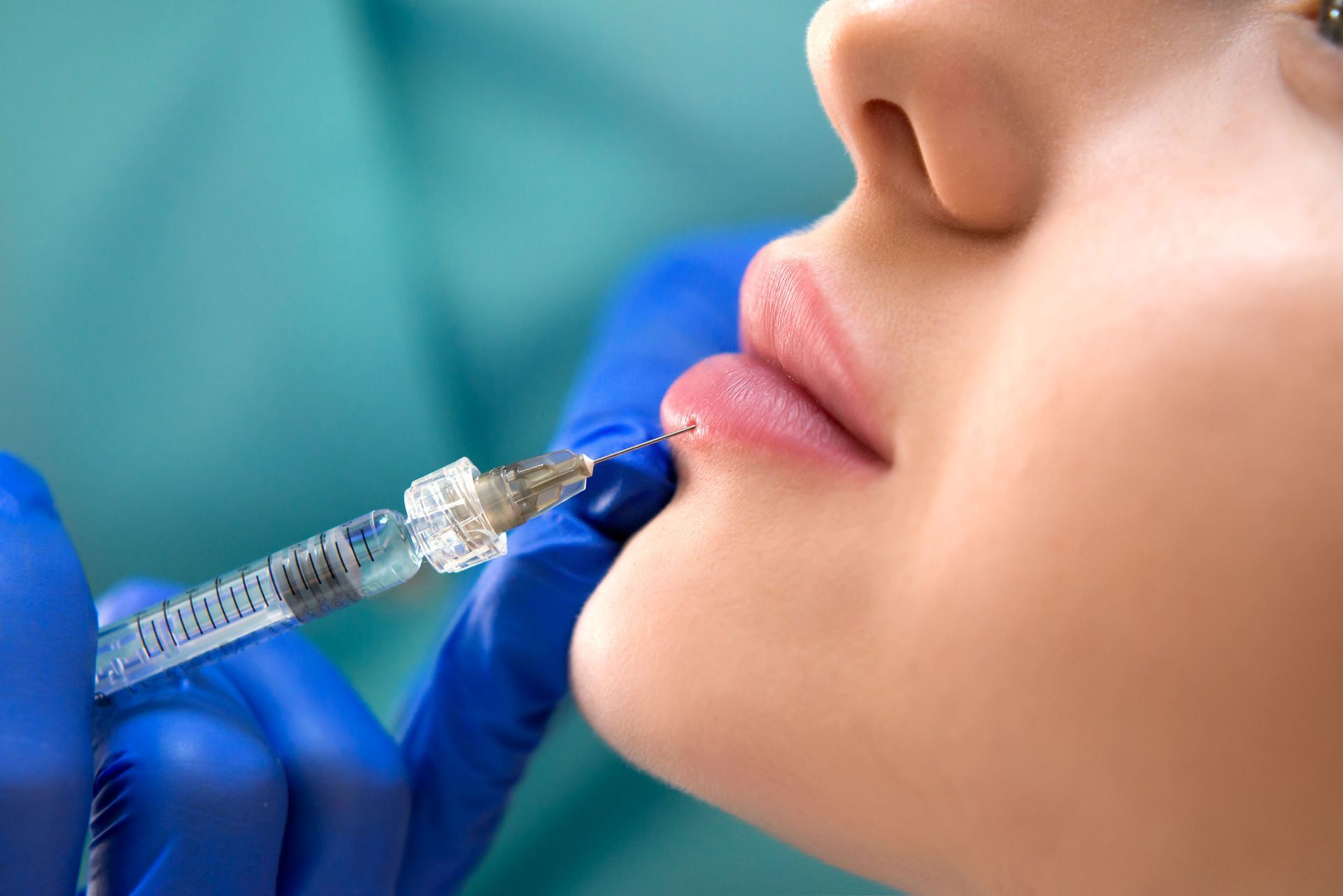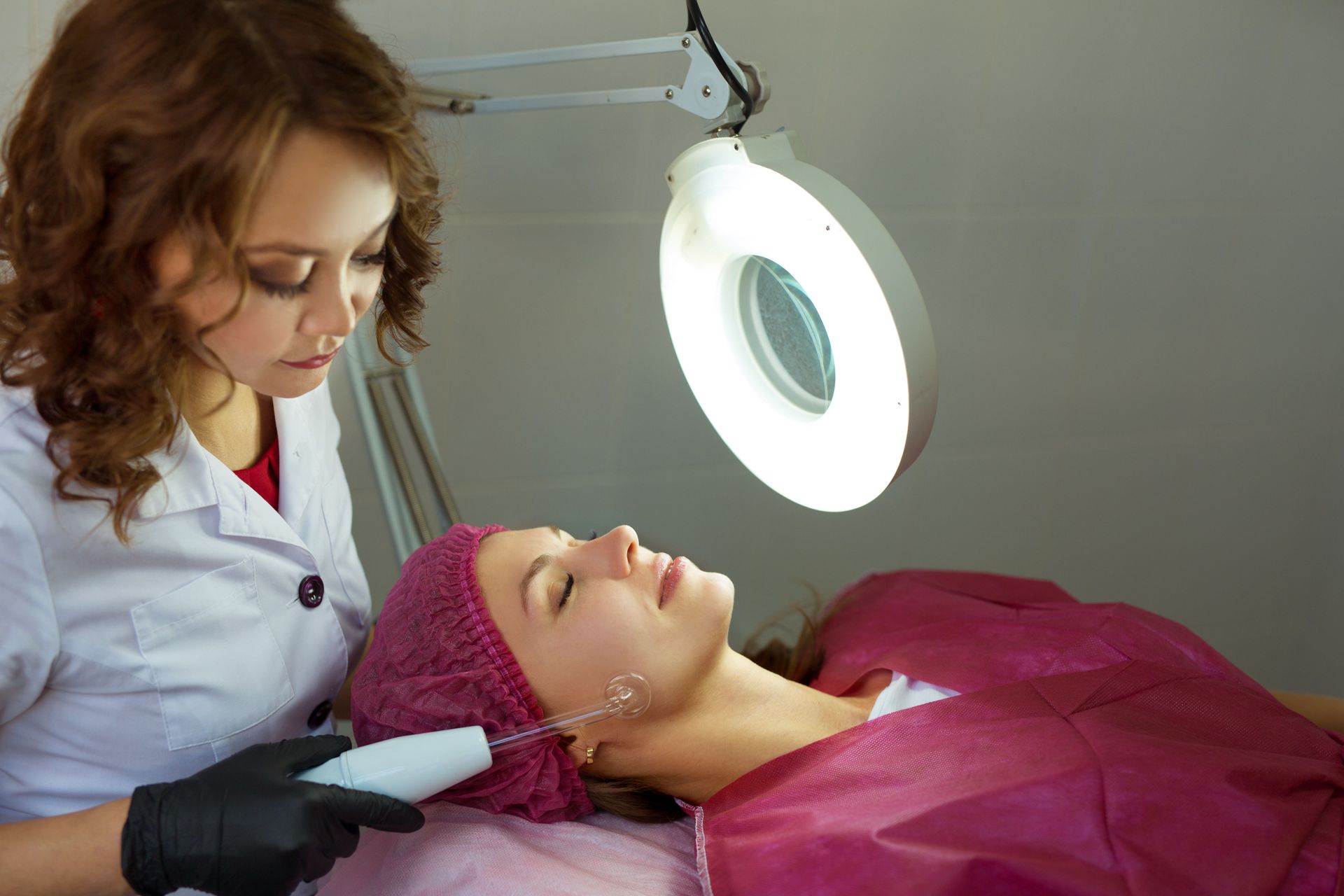Are Chemical Peels Safe for Darker Skin Tones?
Highlights:
- Chemical peels can be safe for darker skin tones when performed by experienced providers using conservative strengths and tailored formulas.
- Superficial peels (e.g., mandelic, lactic, low-strength glycolic, salicylic) are generally preferred; medium and deep peels require extreme caution.
- Risks like post-inflammatory hyperpigmentation (PIH) drop with proper priming, patch testing, and diligent sun protection.
- Personalized plans, spaced sessions, and gentle aftercare maximize results and minimize downtime.
- For guidance in Tupelo, MS, SKIN Lab Aesthetic Beauty Studio offers consultation and customized treatment plans.
Understanding Chemical Peels for Darker Skin Tones
If you have a deeper complexion and are considering a chemical peel, you’re likely weighing the benefits against the possibility of discoloration. The short answer: yes—peels can be safe and effective for darker skin tones when chosen and executed carefully. Success hinges on selecting the right acid, concentration, and depth for your skin goals and history. Providers also reduce risks by pre-treating the skin, performing patch tests, and guiding meticulous aftercare. With thoughtful planning and the right expertise, peels can help treat acne, texture, dullness, and discoloration while keeping your natural tone radiant and even.
How Chemical Peels Work
Chemical peels work by dissolving the bonds between dead skin cells, prompting controlled exfoliation and renewal. In melanin-rich skin, the choice of acid matters. Mandelic and lactic acids offer gentler exfoliation with lower irritation potential; salicylic acid targets acne and oil; and low-strength glycolic acid can brighten when used conservatively. Modified Jessner’s solutions and combination peels are often tailored to minimize PIH. What’s equally important is timing and technique: gradual progress beats aggressive peeling. An experienced clinician will customize depth and contact time, guided by your skin’s response in real time.
Professional Expertise Matters
According to American Academy of Dermatology, people with skin of color can safely have a chemical peel when treated by clinicians experienced with darker skin, whereas improper technique may trigger lasting pigment changes. This underscores the value of provider expertise, not just the product on your skin. It also explains why at-home kits can be risky if they contain strong acids or instructions that don’t account for your unique history, current routine, or recent sun exposure. When in doubt, start with a professional evaluation and a supervised plan.
FAQ
Are peels safe for Fitzpatrick IV–VI?
Yes, when they’re superficial, customized, and performed by trained professionals who understand melanin-rich skin and PIH prevention.
Which acids are gentlest?
Mandelic and lactic acids are typically well-tolerated. Salicylic acid is excellent for oily/acne-prone skin; low-strength glycolic can brighten with caution.
Will a peel lighten my overall skin tone?
No. Properly selected peels aim to even tone by fading dark spots—not bleach your natural complexion.
Managing Risks and Preparation
Risk management is the heart of peel safety in darker skin. Your provider may “prime” the skin with non-irritating brighteners, gentle retinoids, or barrier-supporting moisturizers while advising you to pause stronger actives pre-treatment. A small patch test helps predict reactivity. During the peel, watching for early frosting or excessive sting allows timely neutralization. Afterward, soothing emollients, strict sun avoidance, and daily SPF 30+ are non-negotiable. Skipping sunscreen is the fastest way to invite rebound darkening, even after an otherwise perfect procedure, so think of UV protection as part of the treatment itself.
Peel Depth and Treatment Frequency
Superficial peels target the epidermis and are generally safest for melanin-rich skin; medium-depth (e.g., higher-strength TCA) and deep peels carry greater PIH and scarring risk and should be used with extreme caution, if at all. Importantly, course design often replaces intensity: several light peels spaced weeks apart tend to outperform one aggressive session for both safety and results. As an evidence base, according to PubMed Central, superficial chemical peels can be performed safely in dark-skinned patients, while medium-depth peels require extreme caution.
Choosing a Skilled Provider
Your provider selection is as crucial as the formula. Seek a clinic that routinely treats diverse skin tones, documents pre- and post-care clearly, and offers patch testing. They should ask about factors that raise PIH risk—recent sun exposure, active acne, eczema, photosensitizing medications, or previous pigment changes. In Tupelo, MS, SKIN Lab Aesthetic Beauty Studio provides individualized consultations and peel protocols tailored to melanin-rich complexions, emphasizing measured progress over “one-size-fits-all” recipes. Look for this philosophy wherever you go: conservative strengths, attentive observation, and a plan that blends in-office treatments with home care to maintain results.
FAQ
Are at-home peels safe for darker skin?
Mild exfoliants may be fine, but avoid high-strength kits. Professional guidance prevents missteps that can trigger PIH.
How soon will I see results?
Many notice brighter, smoother skin within a week; stubborn spots and melasma typically need a series over several months.
Is there downtime?
Superficial peels usually involve a few days of dryness and flaking; follow your aftercare to limit irritation and visible peeling.
Targeting Skin Concerns Safely
Peels can address concerns common in melanin-rich skin: acne, PIH, and uneven tone from previous breakouts or sun exposure. Salicylic acid can reduce oil and clogged pores; mandelic/lactic can smooth and subtly brighten; and careful, low-strength glycolic may target surface discoloration. Combination approaches—such as alternating peels with medical-grade skincare or LED therapy—often yield better outcomes than peels alone. Your clinician may adjust each session based on your response, gradually increasing contact time or concentration only if your skin tolerates earlier steps well. This adaptive, feedback-driven approach helps secure steady gains with minimal setbacks.
Post-Treatment Care and Recovery
According to Cleveland Clinic, darker skin tones should seek professional advice to minimize hyperpigmentation risk—and diligent sun protection is essential during recovery. Keep the post-peel routine gentle: non-fragranced cleansers, barrier-repair moisturizers, and broad-spectrum SPF 30 or higher every morning, reapplying as directed. Avoid scrubs, waxing, or strong actives (retinoids, high-percentage acids) until cleared by your provider. If mild flaking appears, let it shed naturally—picking can create micro-injuries that invite new dark marks.
Building Long-Term Skin Health
Consistency outperforms intensity in melanin-rich skin. Most plans involve a series of light peels spaced three to four weeks apart, plus targeted home care to maintain momentum between visits. Expect cumulative improvements in clarity and texture rather than an overnight transformation. Communicate changes—new medications, travel plans, or increased outdoor time—so your provider can fine-tune the schedule and strength. Ultimately, the safest journey is collaborative: your clinician brings the chemistry and protocol; you bring diligent aftercare and feedback. Together, you can brighten stubborn spots and refine texture without compromising your natural, beautiful skin tone.
FAQ
How many sessions will I need?
Mild discoloration may respond in 3–4 sessions; more stubborn PIH or melasma often requires 6–8, plus maintenance.
What about cost?
Prices vary by region, peel type, and provider expertise. A series is common—ask about packages that include aftercare.
Can I get a peel if I’m pregnant?
Many peels are deferred during pregnancy. Your provider can suggest pregnancy-safe alternatives and topical routines.
Dispelling Myths About Peels and Darker Skin
It’s a myth that chemical peels inevitably worsen discoloration in darker complexions. Complications typically arise from aggressive depths, overly strong formulas, poor timing, sun exposure, or inexperience—not from the concept of peeling itself. By starting conservatively, testing small areas, and prioritizing barrier health, providers can brighten tone and smooth texture with a high margin of safety. If you’re peel-curious, book a consult to map your skin history, current routine, and goals. With a measured plan and mindful aftercare, chemical peels can be a safe, strategic tool for even, glowy skin—no matter your skin tone.






Share On: